As soon as your VMs are deployed, you can access them.
After you deployed the VM you can connect to VM, like shown in the following guide:
- You can leverage Microsoft Remote Desktop Connection for Windows or SSH tools such as PuTTY for Linux:
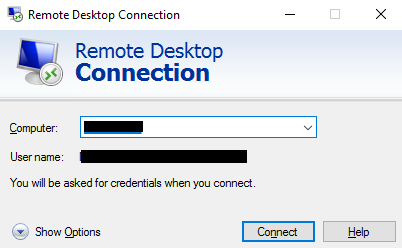
- To connect to your VM, you need to navigate to your VM within your resource groups. In the Overview blade, you will see the Connect button, as shown in the following screenshot:
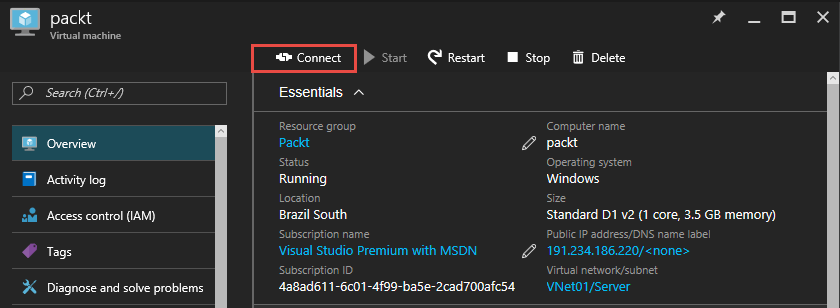
- For a VM with a public IP, you can download a Remote Desktop Connection file and connect directly to the VM:
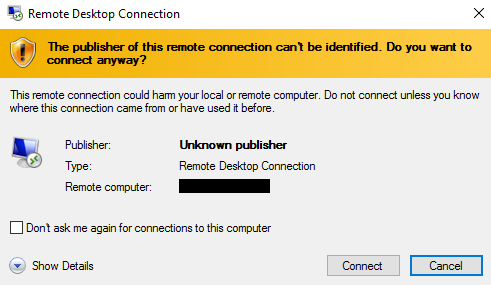
- If you have a connection to Azure through VPN or ExpressRoute, you can use the private IP given from Microsoft to your VM. This IP can be found on the virtual network adapter of the VM in your resource groups:
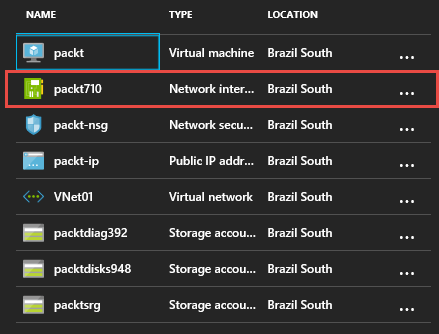
- There, you also have the Overview blade and you can see the IP, as shown in the following screenshot:
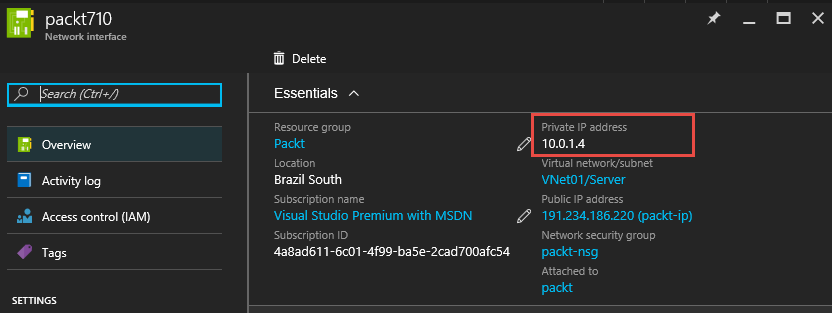
- After you have started the connection, enter the credentials you used for the local administrator...



